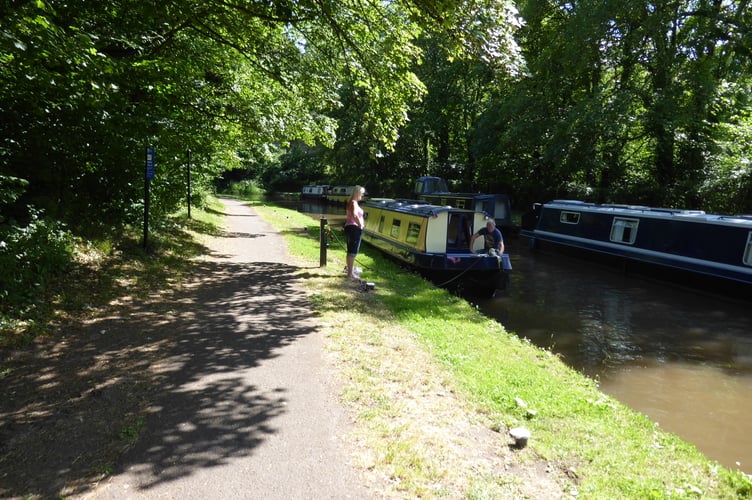Throughout 2025, Glandŵr Cymru, the Canal & River Trust in Wales, and its partner organisations and local community are celebrating the 225th anniversary of the Brecon Canal.
The Monmouthshire & Brecon Canal, known affectionately as the Mon & Brec, began life as two separate canals – the Monmouthshire Canal and the Brecknock & Abergavenny Canal. Although the two were joined in 1812 at Poinymoile, this year’s anniversary celebrates the completion of the more northern Brecon Canal twelve years earlier when the first cargo of coal reached Brecon Basin on Christmas Eve 1800.
David Viner, heritage adviser at Canal & River Trust, is telling the story of the canal throughout the year, looking back at how it has evolved to become the much loved waterway it is today flowing through the Bannau Brycheiniog National Park, starting at Gilwern.
In 1793 an Act was passed for the creation of the Brecknock & Abergavenny Canal, running 35 miles between Brecon and the Monmouthshire Canal at Pontymoile, with additional powers for the company to build tramroads up to eight miles from the canal.
Unusually, the directors decided to start operations by first building a tramroad as a way of raising extra revenue.
Within a year horse-drawn ‘drams’ were delivering coal from the Gelli-felen colliery near Bryn-Mawr down the Clydach valley and over the Usk to an iron forge at Glangrwyney. It wasn’t until 1797 that work actually started on the canal, commencing at Gilwern where it intersected with the tramroad and needed to cross a deep gorge carrying the River Clydach.
-Collections-Online.jpeg?width=752&height=500&crop=752:500)
Company engineer Thomas Dadford solved the problem by engaging a contractor, Thomas Powell of Abergavenny, to build a rock and earth embankment 100 metres long and 25 metres high, burying the river in a deep tunnel.
A second tunnel through the embankment enabled the tramroad to pass under the canal.
This enormous undertaking became the Gilwern Aqueduct, an outstanding feature of the canal today.

-Collections-Online.jpeg?width=752&height=500&crop=752:500)



